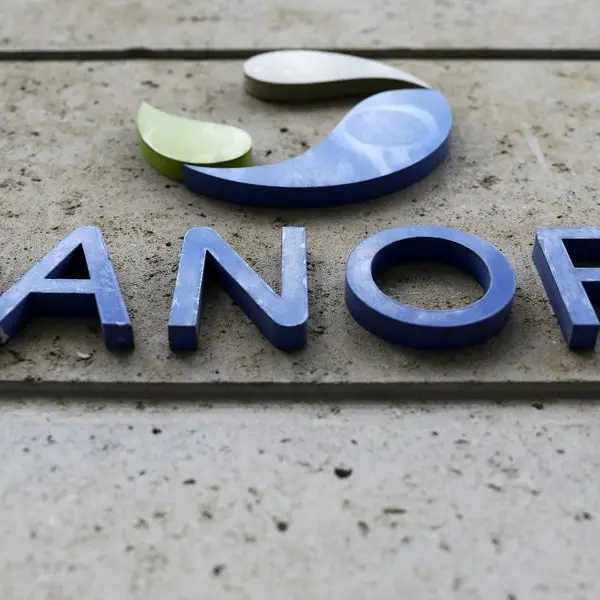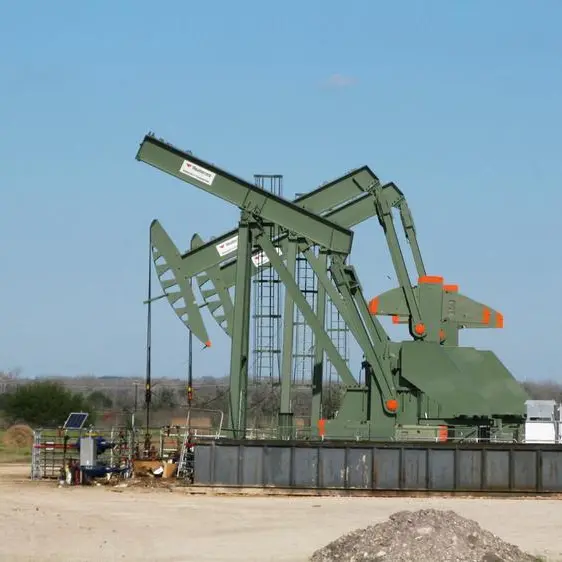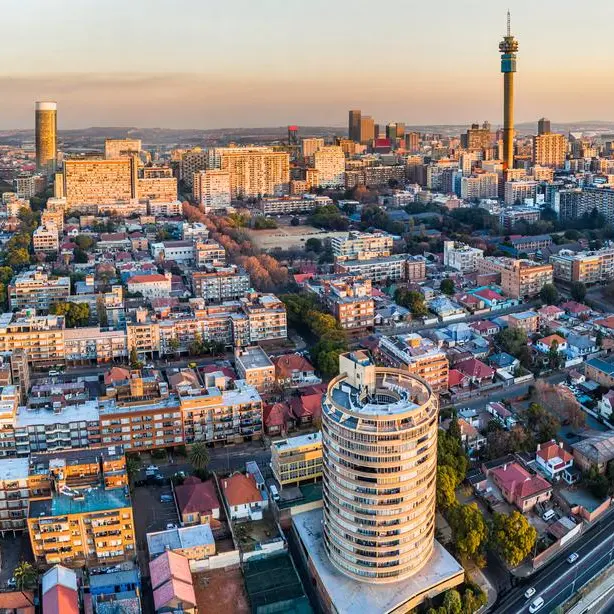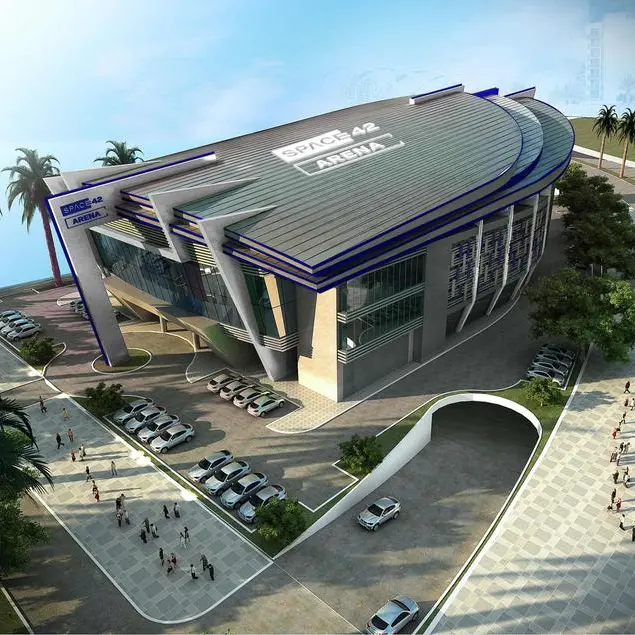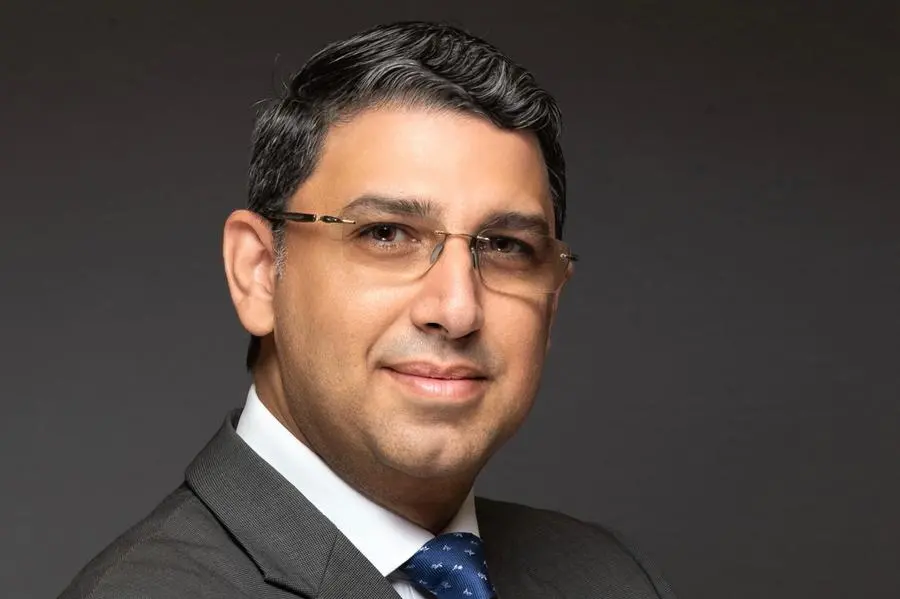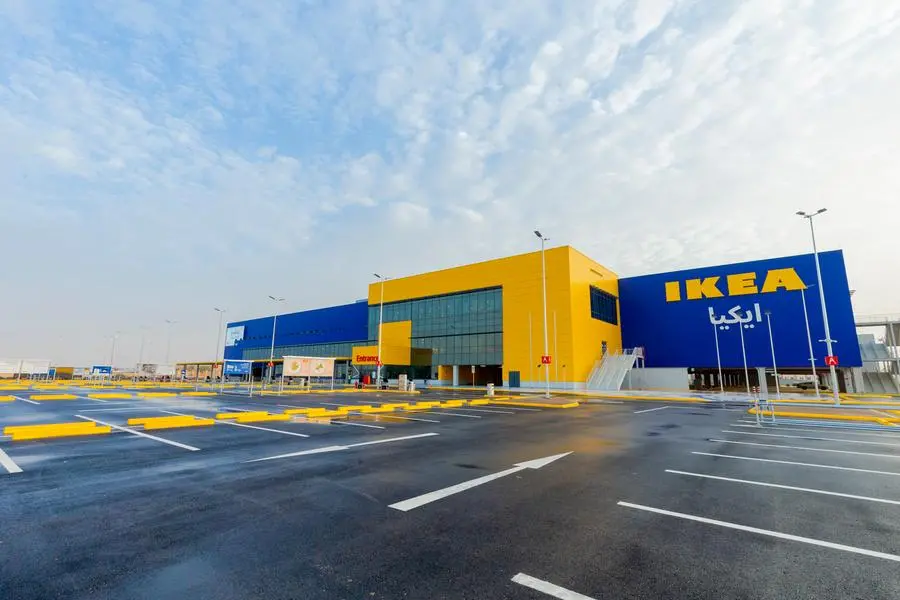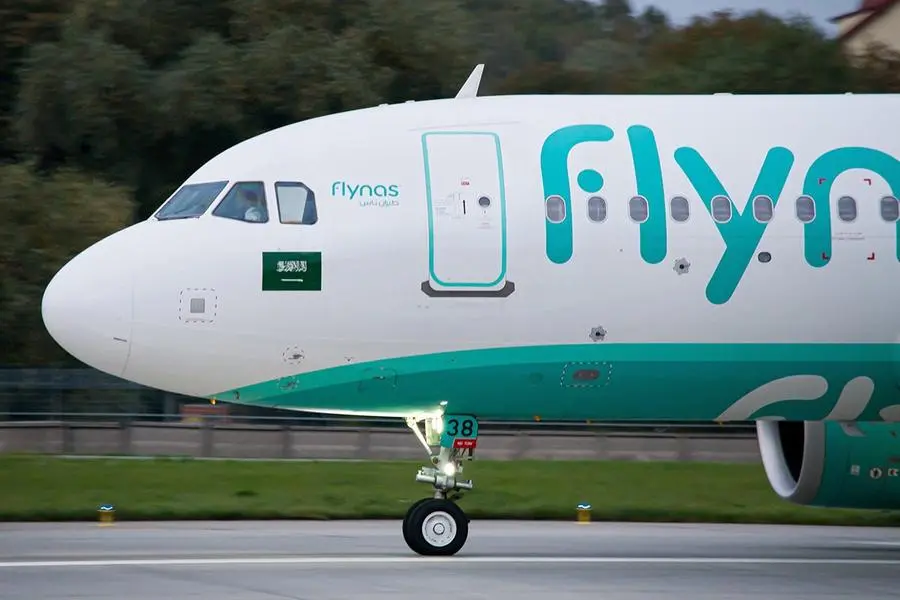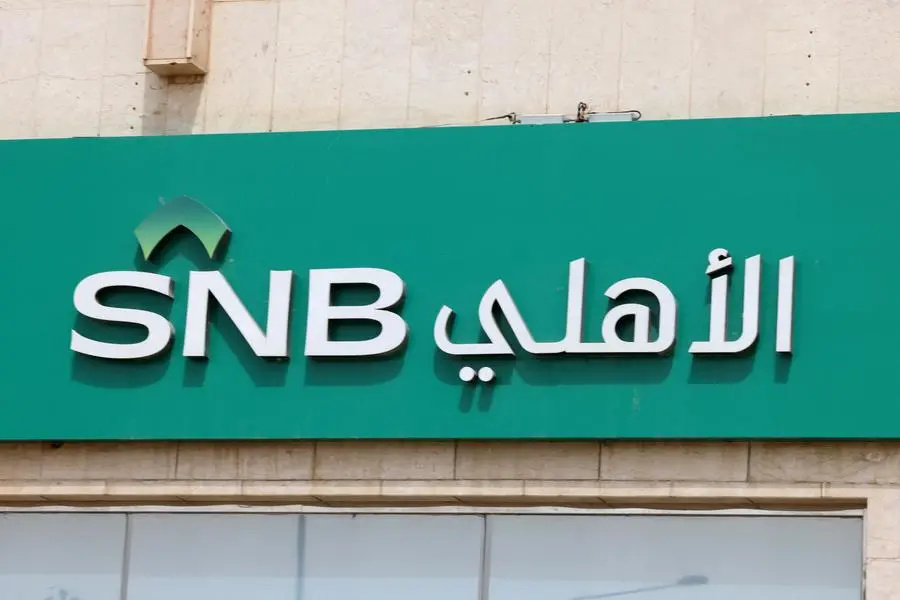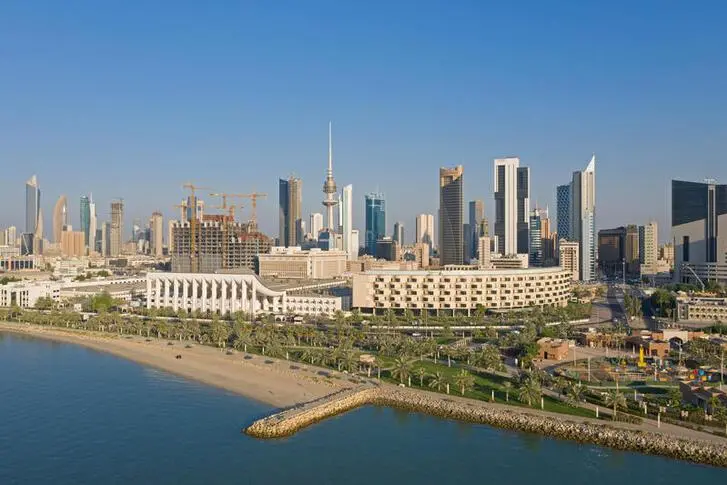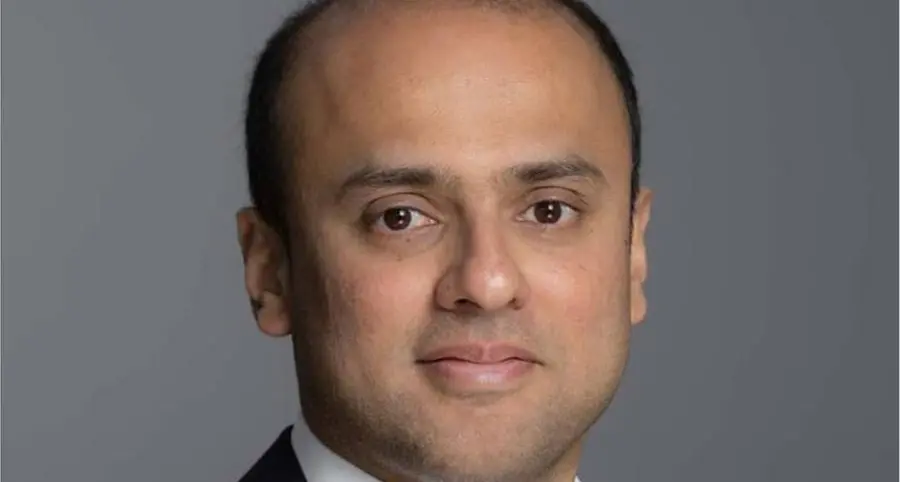As we move to the next generation of mobile computing, it is exciting to imagine that our means of communication is moving towards converge IP networks. And when we talk about IP, it is synonymous with the use of Ethernet. Ever since we've used Ethernet to access the internet, our experience as a user has been enhanced. Since then our connection has improved in terms of speed, and the volume of information being transmitted is overwhelming. This is what is currently happening in the field of telecommunication; it is experiencing changes, particularly on its backhaul.
Telecommunications service providers are seeing tremendous growth in demand for network bandwidth, driven by the rapid growth and use of smartphones and other internet devices to access content rich websites, and not to dismiss the growing use of cloud computing. In fact, according to a projection, wire-line revenue is expected to reach $1 Trillion by 2011, says Ovum, but it is a projected growth that is coupled with the constraints of bandwidth capability and the willingness of consumers to pay large monthly fees. And so the next generation networks must not only be efficient and resilient, they must also be cost effective. In order to meet these challenges, telecommunications service providers are converting their networks to LTE (Long Term Evolution) networks that support end-to-end IP transport via Carrier Ethernet. HSPA and LTE are designed to use IP, which in most cases IP is carried in layer 2 Ethernet packets. LTE incorporates design improvements to overcome some of the limitations in 2G and 3G.
And like all transitioning technologies, Carrier Ethernet faces many challenges in terms of matching the reliability traditionally seen in Sonet (Synchronous Optical Network) networks, which provide performance and availability ratings at 99.9999%. The biggest challenge is providing connection services that are resilient and which offer high availability while also lowering both CAPEX (Capital Expenditures) and OPEX (Operational Expenditures).
However, Ethernet OAM (Operations, Administration and Management) and MPLS (Multiprotocol Label Switching) standards were established to help meet these challenges. The key is to have the capability to provide end-to-end OAM, OSS (Operations Support Systems) and provisioning with minimum truck rolls. IP Infusion provides control plane software that addresses Ethernet OAM requirements as well as a full suite of MPLS software products that help telecommunications service providers seamlessly transition to LTE networks.
Moving to LTE
Mobile backhaul today consists of 2G and 3G networks, but this year alone 17 LTE networks were commercially launched, and by the next year, it is expected to hit 64 operators by the end of 2012. These are a mix of residential and business LTE subscribers. LTE will become the single mobile network for mobile phone and mobile broadband. It will be made available and be the next evolution for the succeeding 5 to 10 years. By 2015, LTE will likely support 100 million mobile devices and will continue to rapidly gain subscribers from the 2G/3G base. In addition to that, there are of M2M (machine to machine) devices, such as smart grid, home control and medical monitoring, for which planners are depending on ubiquitous HSPA+/LTE services. Mobile operators and backhaul transport providers are adopting IP/Ethernet backhaul as the default technology choice to cost effectively scale instead of relying on existing TDM-based transport networks for LTE backhaul.
A Backhaul to Consider
In preparation of the high bandwidth usage in line with 3G's HSPA+, operators are moving from TDM to packet networks for backhaul connectivity and that is with Ethernet services. Usually driven by the cost savings option, Ethernet backhaul would only cost half of its TDM counterpart. This was the key advantage; it increases the capacity but it lowers the cost. Some of this is due to the inherent statistical multiplexing efficiencies of bursty packet traffic, where capacity planning is based on average traffic volumes, compared to circuits, where it must be based on expected maximum volumes. By switching from TDM to Ethernet, the reduction in MRCs (monthly recurring charges) paid to backhaul transport providers for wireline backhaul means savings.
The migration doesn't come without challenges. The transition from today's backhaul to the next generation LTE should be seamless. However, LTE today supports mobile broadband data only, with no inherent voice component --I t's packet switched only, with no support for circuit switching to carry 2G/3G voice. As LTE handsets become available, they will be using 2G or 3G radio support for voice, via circuit-switched fall back. In 2012, LTE is expected to have the capability to carry voice over IP packets using the VoLTE standard. These are currently being addressed by the operators, and one option they are taking is to take a separate parallel packet switched network alongside the existing TDM backhaul network, since packet traffic is expected to grow significantly faster with LTE than legacy TDM voice traffic.
A second option is a single converged packet backhaul network supporting TDM/ATM pseudowire (PWE) emulation over packet for legacy backhaul. Last but not the least there is the option to use the model of a converged packet optical transport system (P-OTS) that has native transport of legacy PDH and SDH/SONET traffic; many operators are using or planning to use P-OTS platforms in their metro aggregation network, and some are considering the use of small P-OTS access devices at the cell site; a P-OTS option can leverage an OTN and WDM wavelength layer for scaling capacity.
Operators planning the evolution of their backhaul architecture must be prepared to handle much greater capacities over the next few years. Backhaul transport providers serving 3-5 mobile operators per cell site are installing 1GE uplinks today. Most of them are planning for 10GE uplinks at high usage cell sites now, and for most of their cell sites over the next few years.
LTE-Advanced will provide 10Mbps to 100Mbps peak downstream bandwidth per user with up to 100-200 active users per cell site, so backhaul requirements will increase further. Rings must allow capacities to carry traffic of all the cell sites connected to the ring, which puts the planning requirement quickly at 10GE and multiple 10GEs for aggregation. At aggregation points in metros, even with statistical multiplexing, the long term planning requirements run quickly to 40GE and 100GE.
Carriers Ethernet and LTE
There are a lot of things to be done for network backhauls to migrate to LTE and a majority of these are now being rolled out. LTE is an all IP packet with no TDM, so it is entirely different from existing 2G/3G networks. One good thing though is that LTE also has useful architectural changes that it allow eNodeBs to talk among themselves and distribute the mobile core functions, both of which suggest a change in today's mostly hub-spoke backhaul to a partial mesh or ring design. Carrier Ethernet interfaces and services are defined by the MEF and have been widely adopted by service providers around the world.
Carriers Ethernet Service is part of the solution to the growing demand for data. And the good news is that our wireless data and our move towards LTE will be handled again the efficient Ethernet and that is Carriers Ethernet. And as we move towards a converged IP network, backhaul capacities is important in the seamless transition and the carriers Ethernet services or solution would always be there to be our biggest option.
© Telecom Review 2011
